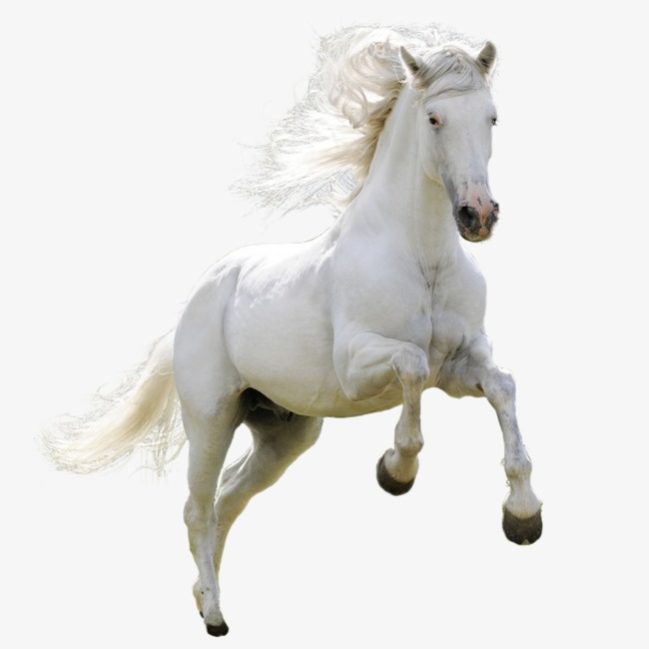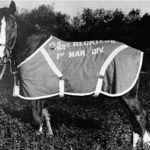What is a Charger? (Part 3)

This blog post all started with a verse God showed me in Zechariah 10:3.
The Lord says, “The people of Judah are mine, and I, the Lord Almighty, will take care of them. They will be my powerful war horses.”
I have seen the movie “War Horse” and I have seen plenty of movies with warriors riding horses into battle, but I felt I was being called to dig deeper into what exactly set a war horse apart. Why would God choose to use the war horse when he described his people?
So I googled the words “war horse” and the first word that stood out to me was the word “Charger”. I wondered if the San Diego Chargers, now Los Angeles Chargers, name had actually come from a war horse. I was partially correct. The Chargers came about in a name the team mascot contest. The entry that won was “Chargers”. The owner of the team liked when the announcer at Dodger and USC games would play a bugle and followed by the fans yelling “Charge”. As you can see the original mascot definitely was connected to a war horse!

I saw this post on a Charger fan site. He definitely thinks his Chargers are all about the war horse! As he wrote.
Colts are young horses, Broncos are undisciplined horses
Chargers are highly horses bred for war
Pretty funny, but there is actually a lot of truth in this. In my further research of war horses I found out a little bit of why God possibly chose to use a war horse in describing his people.
The first recorded evidence of horses used in battle dates back around 5000 years. From chariots to Attila the Hun, for thousands of years the war horse became one of the most powerful war machines on earth. Using horse power leaders like Attila the Hun challenged the Roman war machine with incredible success.
The English were known for their knights and large breed of horses called
destrier, but not all war horses were large in stature. The Scottish under William Wallace and Robert the Bruce found a speed and agility sometimes is more effective than size and strength in battle.
The hobelar, a different type of war horse, was used by the Scots as a means of gaining the element of speed and surprise, essential for success, thus allowing them to engage the enemy at times and places of their choosing. The light horse were used as raiding parties. Using the hobelar the Scots were able to win a mighty victory over the English.
Two famous war horses of note include “Warrior”, who was a war hero from World War I. They said there was not a bullet made that could kill the war horse named “Warrior”. The most decorated war horse in American history was named “Reckless”. A highly decorated hero of the Korean War, “Reckless” carried ammunition back and forth into dangerous. In a single day she made 51 solo trips to resupply front line units. She was later promoted to sergeant in 1954 and was even awarded two purple hearts.

Reckless is a perfect example of how war horses were usually hot blooded breeds who could be trained and desensitized to the guns, bullets, blood, heat and horror of battle. They said the first time they shot the huge artillery piece next to her, she jumped four feet. The shot it two more times before she stopped shaking and by the third blast, she had become used to the blast. This is not a normal action for a horse which is an animal of prey. However, God seemed to understand how he designed war horses and he chose to compare his own people to these mighty animals.
I could write more than you want to read about the importance of war horses in battles over thousands of years, but I want to end with the most powerful war horse story of all.
Jesus rode into Jerusalem just as prophesied in Zechariah 9:9. The savior of the world came in peace, riding not on a war horse, but on a colt of a donkey. Satan must have felt a little too cocky to miss interpret the feint that God through at him that day. Our adversary thought he had won the game, but he could not have been farther from the truth. God’s plan was just beginning to reveal itself.
The horse’s white color represents purity or victory, for this rider is holy and goes forth to be the triumphant conqueror. During ancient times, victorious Roman generals entered their conquered cities in chariots drawn by white horses. The entire setting of this verse implies victory over Christ’s enemies. As such, the word white indicates triumph, a successful war.
The KING OF KINGS is no longer riding a humble donkey. Jesus will return on a fiery white charger, bringing judgment, just as He had promised.
